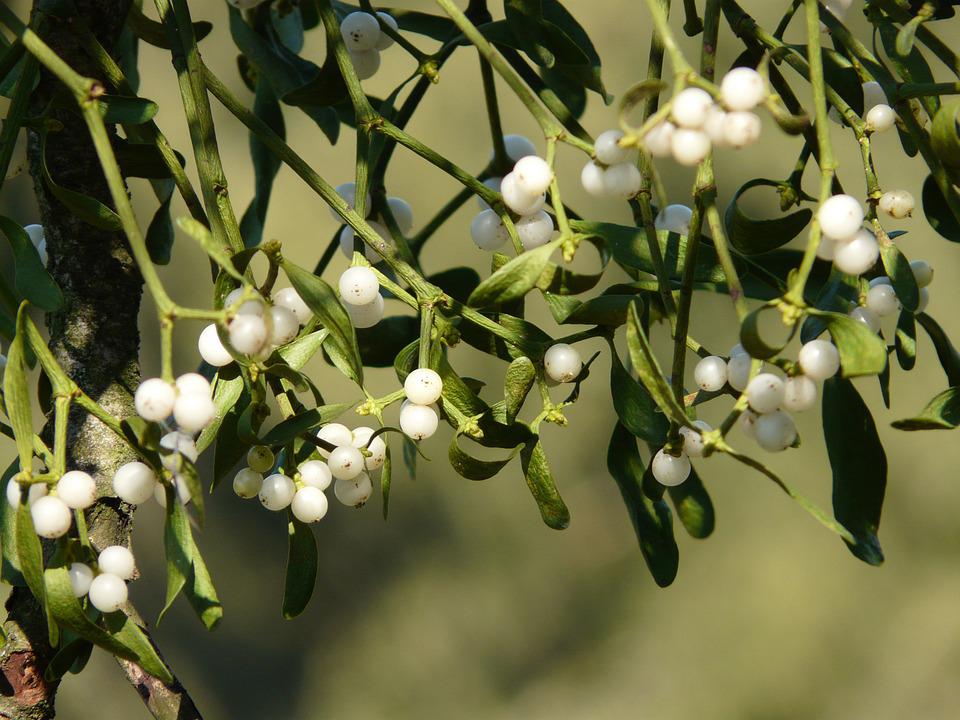If you ever handled mistletoe berries, you will notice they stick to everything. This is because one mistletoe berry can produce up to two yards of a sticky thread called viscin.
Biological Super Glue
Viscin is a natural adhesive. Researchers from McGill University and the Max Planck Institute of Colloids and Interfaces theorize that viscin can be processed into a kind of biological super glue with a wide range of applications.
The researchers found that when wet, viscin fibers can be processed into thin films or assembled into 3D structures. These materials can stick to themselves as well as to other materials. They can be potentially be used in applications such as wound sealants or skin coverings.
Stickiness is Reversible
Another unique property of viscin is that its stickiness can be reversed under humid conditions. There is still many qualities to be researched for this natural substance.
The abundant mistletoe plant is biodegradable and biorenewable. One day it might provide us with a miracle biological super glue. For now, you can kiss somebody under a mistletoe. In the future, it might be a sticky biological glue to seal your lips and stop the bleeding if you cut it.
